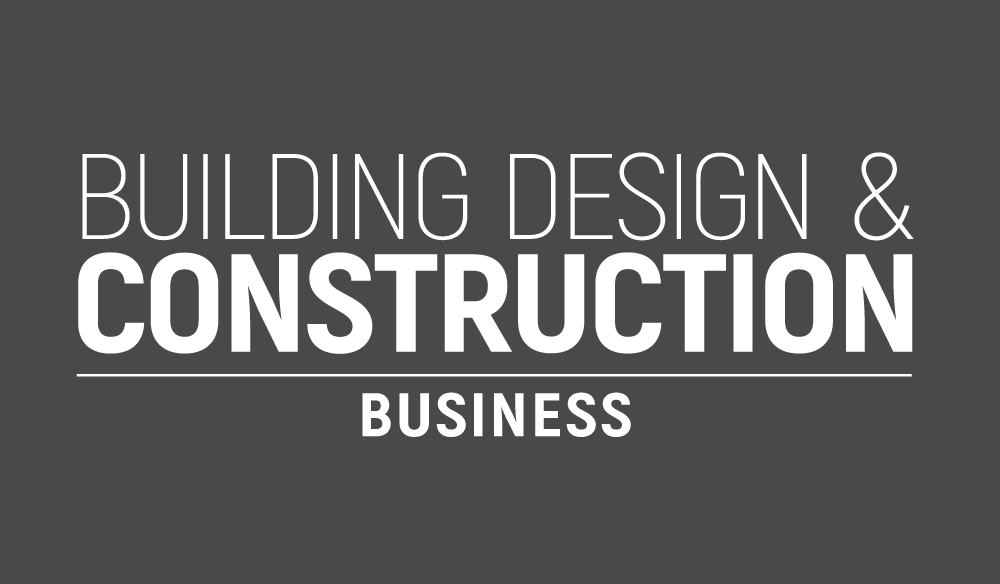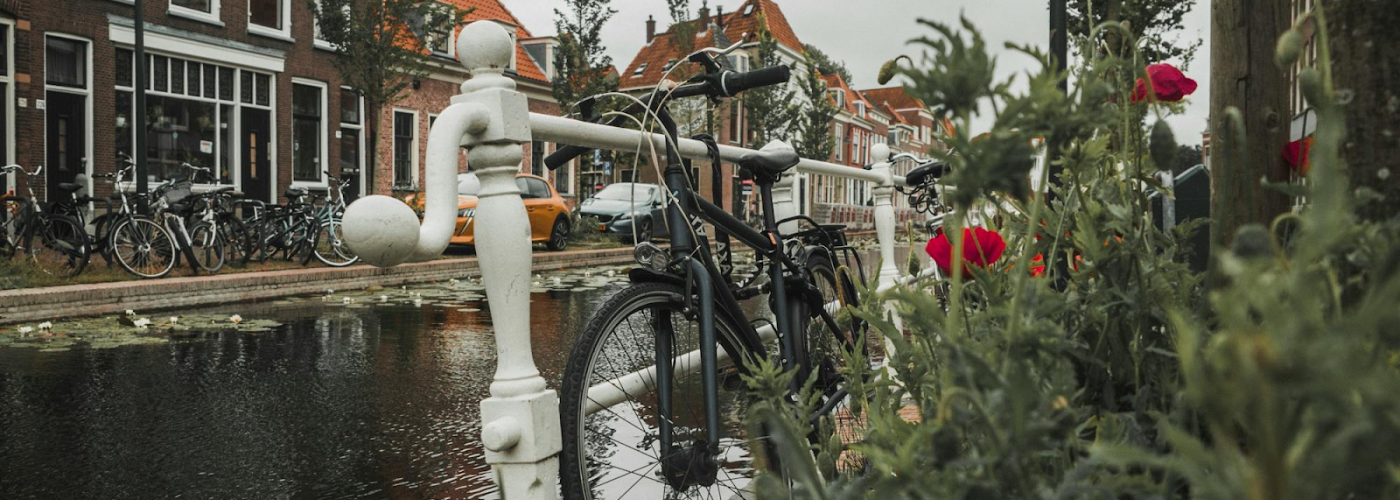In the ever-advancing landscape of urban development, sustainable transport hubs have become quite essential components of mixed-use projects. At the same time, they’ll serve as critical junctions that integrate various modes of transportation, promoting accessibility, environmental sustainability, and economic vitality, among other things.
- Enhancing Urban Accessibility
When people need innovations to facilitate seamless connectivity within urban areas, forward-thinking designers answer with sustainable mobility centers. These facilities are responsively designed to align with the principles of the 15-minute city concept, especially in highly urbanized jurisdictions.
Multimodal Integration
These stations usually combine walking paths, cycling lanes, public transit, and car-sharing services, reducing reliance on private vehicles. Today, walking and cycling bridges are even some of the most advanced and needed structures to make sure that safety and health are perfectly harmonized as you efficiently ferry from one urban community to the other.
Proximity to Amenities
With their highly coordinated design, these transport cores are built near residential, commercial, and recreational facilities; they help make sure that essential services are within a short distance, enhancing convenience for the whole community.
Improved Quality of Life
These futuristic urban mobility centers are foreseen to provide people more accessibility, contributing to reduced commute times, and promoting healthier lifestyles, especially with increased physical activity, like walking and cycling.
With innovations like these and prioritizing accessibility, these sustainable transportation facilities play a pivotal and life-changing role in creating livable and efficient upscale landscapes.
- Supporting Transport Flexibility
Today, you can’t build a future-ready mixed-use project without giving people options. While walkability and cycling matter, many residents still need cars for their specific trips, or in some cases, when they have certain physical conditions. The key is providing flexible, accessible transportation without compromising sustainability.
Smart Parking & Car Sharing
Developers are rethinking traditional parking layouts. Instead of dead space, they’re designing smart garages that support ride-sharing, e-vehicle charging, and shared vehicle access—great for residents who don’t need a car daily.
Strategic Accessibility
If you’re building or investing in mixed-use real estate, especially in metros like Atlanta, it’s smart to factor in reliable vehicle access. That’s where platforms like EchoPark Atlanta come in. They offer certified used cars—great for residents who need affordability without sacrificing dependability. This supports multimodal transport planning, giving residents a choice without lobbying for full car ownership for anyone.
Blending Mobility Modes
These mixed-use transit systems are just a taste of some of the trendiest mobility ecosystems, where public transit, cycling, walking paths, and personal vehicle access all intersect. Supporting all these options ensures your development serves families, remote workers, and hybrid commuters alike.
Incorporating reliable vehicle access options, like when you purchase second-hand vehicles in Atlanta and other cities near you, can help make your transport hub more practical, inclusive, and future-ready. It’s not really about pushing people to opt for cars—it’s about giving them that unbridled freedom to choose for themselves.
- Promoting Environmental Sustainability
In multimodal developments, the integration of a sustainable transit system is a material contributor to urban communities’ environmental conservation efforts, helping them live up to the advocacies they profess.
Emission Reduction
Encouraging the use of public transit and non-motorized transport modes leads to decreased greenhouse gas emissions.
Energy Efficiency
These transit centers are often built with energy-efficient technologies and infrastructure, further cutting off people’s environmental impact.
Green Spaces
The design of these intermodal stations can easily incorporate green spaces or gardens and landscaping, enhancing and promoting urban biodiversity and, at the same time, providing ecological benefits.
- Supporting Economic Growth and Flexibility
The influx of people to urban areas isn’t just about the bright lights and luxury; it’s often about economic advantages and work flexibility. These sustainable transit stations are offering urban dwellers all of these perks, way beyond the environmental and accessibility benefits that info drives often impress on their ads.
Economic Development
Improved transportation infrastructure attracts businesses and stimulates local economies.
Job Creation
The development and operation of transport hubs generate employment opportunities in construction, maintenance, and transit services.
Vehicle Accessibility
If you’re one of those urban residents who need personal vehicles, options like purchasing easy-to-navigate or second-hand cars can provide you with more affordable and reliable transportation solutions.
With all these options, sustainable mobility nodes contribute to the overall prosperity of mixed-use developments.
- Integrating into Urban Planning Strategies
The successful implementation of sustainable transport hubs requires thoughtful integration into broader urban planning initiatives.
Policy Alignment
Urban planners like you may need to align these transport node developments with apt policies that help accelerate the concerned community’s sustainable growth and land use.
Community Engagement
When leaders encourage and involve their communities in the planning process, crafting a dependable accessibility blueprint helps make sure that their mobility stations aptly answer the needs of their residents.
Technological Integration
Incorporating smart technologies enhances the efficiency and user experience of transport hubs.
In sum, sustainable integrated transport facilities can be quite integral to the development of these modern multimodal and innovative projects. They’re movers when it comes to enhancing urban accessibility, promoting environmental sustainability, and supporting economic growth. At the same time, they require strategic blueprints for successful implementation and long-term management.
When urban developers and planners prioritize hubs like these every time infrastructures are in the queue, they’re more likely to create more livable, efficient, and resilient cities today and beyond.





